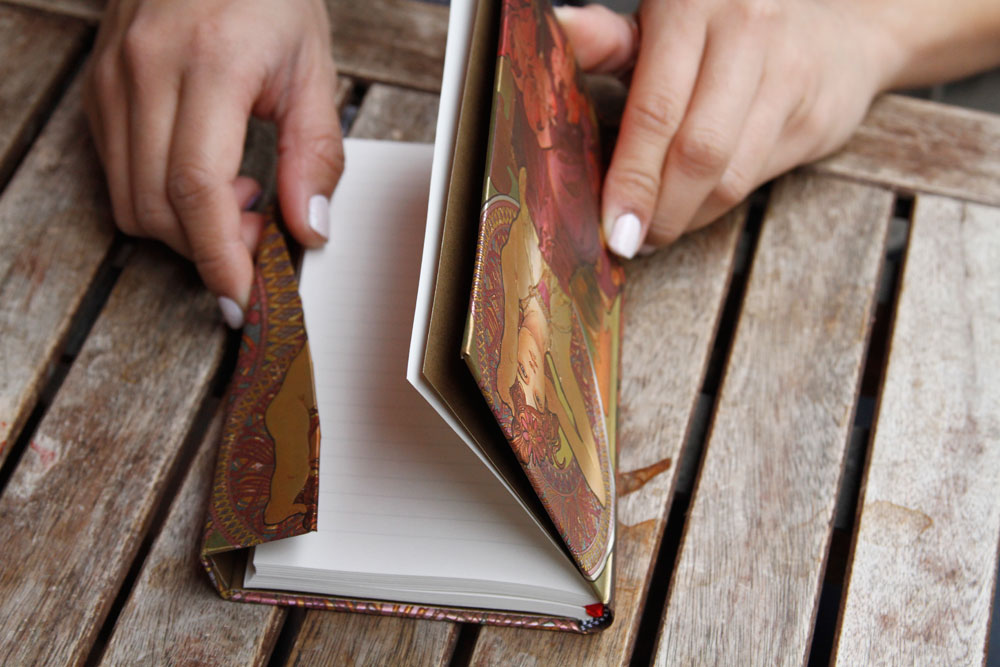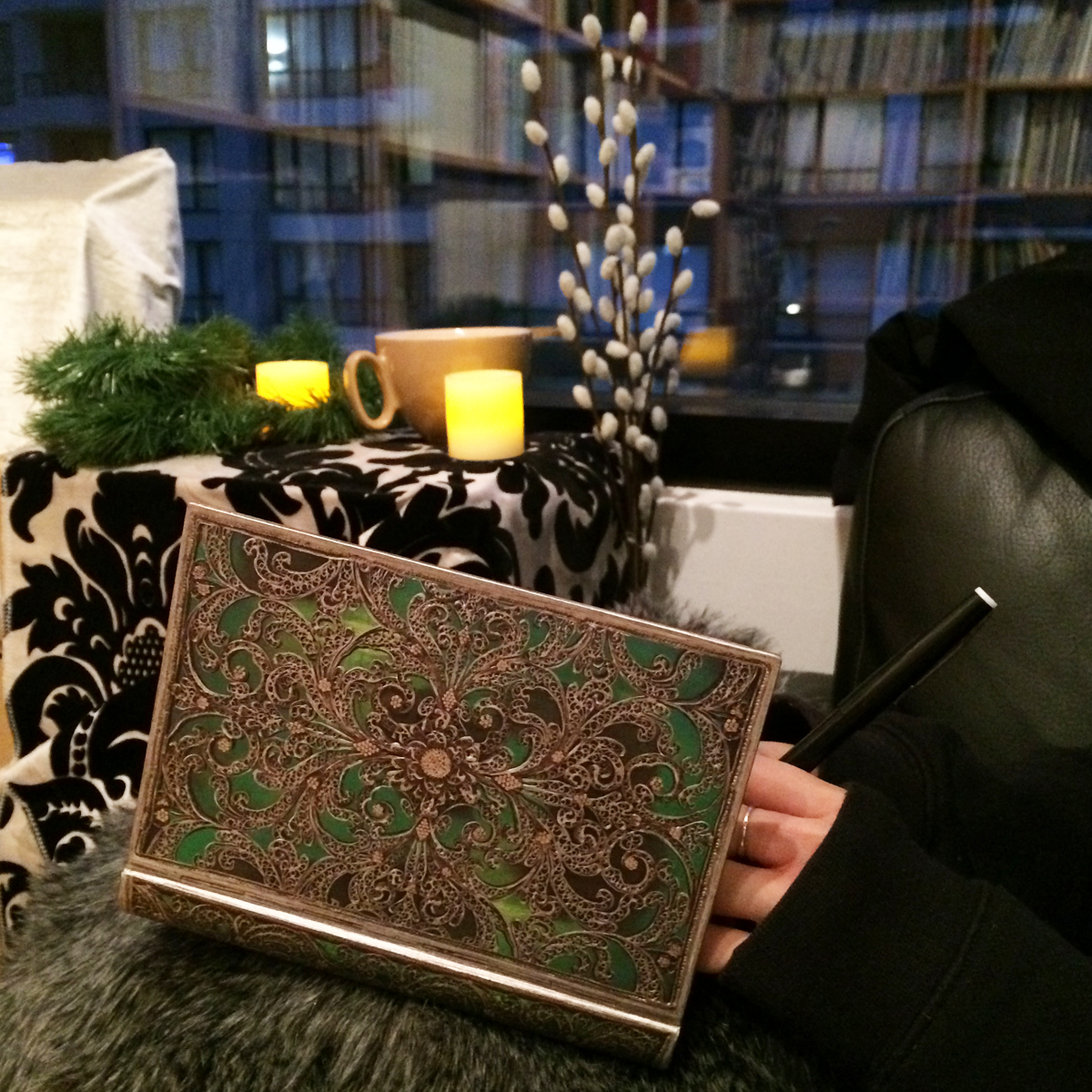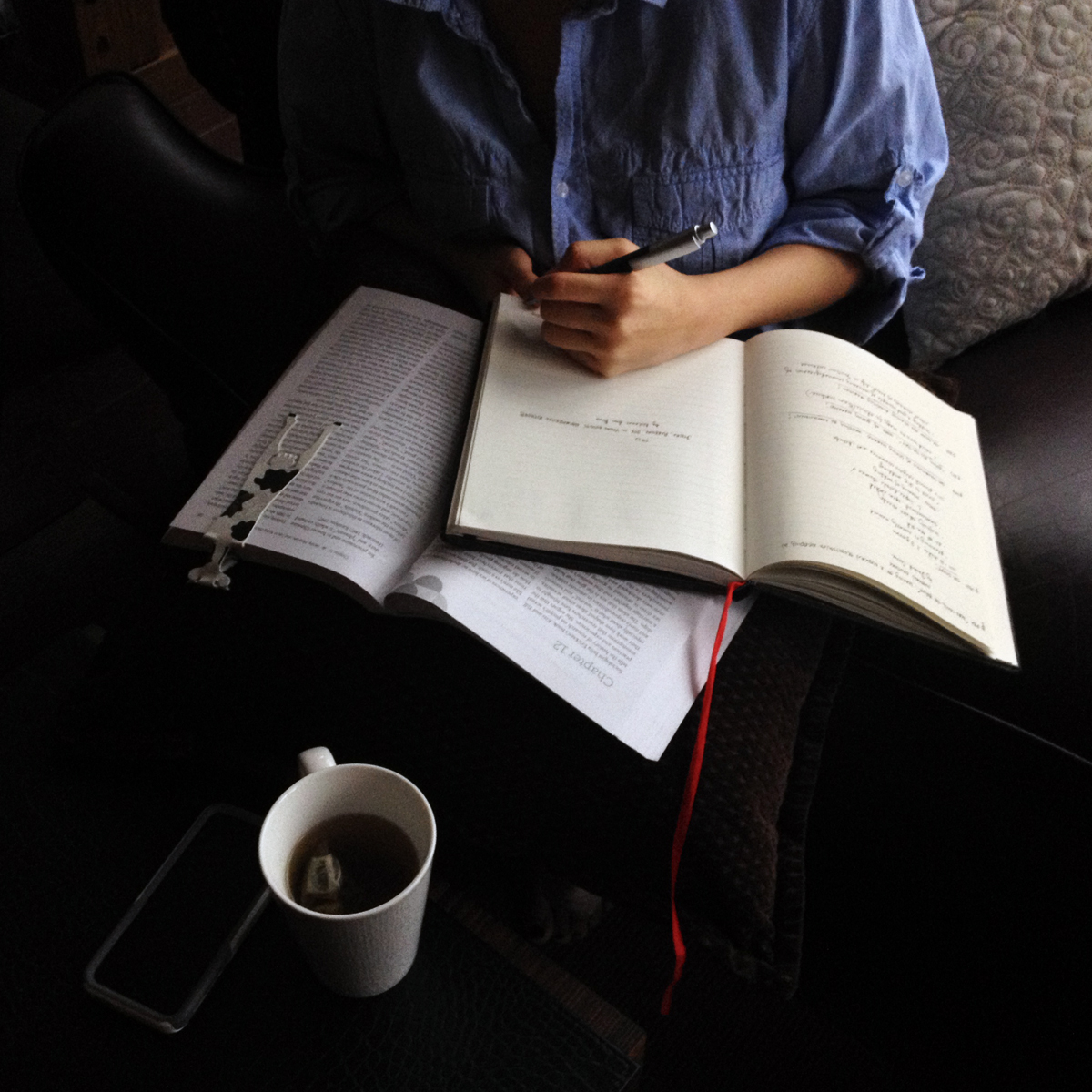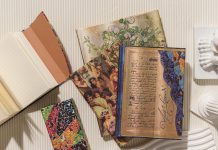When it comes to writing, you want to stand out. For starters, you definitely don’t want to be accused of plagiarism – but even beyond that, creating your own voice distinguishes you from other authors, bringing readers your way on purpose rather than by accident. That said, there are some aspects of writing that every English writer has in common. There are some stories that we continue to tell, whether it’s the star-crossed lovers, damsel in distress or tyrant brought down by hubris. Within these stories, too, can be certain literary devices not used by just one particular writer, but shared by many.
These devices are not necessarily unique in definition, but can vary widely in application. We’ve all read a bad metaphor – those comparisons bordering on cliché that instantly distract from the story. On the opposite of side of things are those metaphors so utterly unique and perfect for the story that you can immediately understand the subjects being compared and may even be a bit jealous you didn’t think of it yourself.
So when reading the top ten most useful literary devices below, be sure to keep an open mind. They might seem obvious or overdone, but they are popular choices by writers for a reason: readers respond to them.
1) Apostrophe
We all know how to use apostrophes to indicate possession or create a contraction, but as a literary device “apostrophe” refers to an exclamatory figure of speech. This occurs when a character breaks out of a regular dialogue and speaks to a third party who is not actually in the scene. Many English examples begin with “O,” such as Juliet saying “O happy dagger.” Perhaps the most famous Shakespearean example of apostrophe is Hamlet addressing his friend’s skull (“Alas, poor Yorick!”) before turning back to Horatio (“I knew him, Horatio…”).
2) Alliteration
For some reason, a string of words (especially in a title or descriptive phrase) beginning with the same letter just sounds better than those with no common sound.
3) Allusion
An allusion is a brief and indirect reference to an existing work or a character within your own writing. Allusions can help to enhance a point you are trying to make but should be used sparingly so that your work can still stand on its own merit, rather than relying on character or plot development done by another writer.
4) Foil
A foil is a character who exists to highlight particular (opposite) qualities in another character. Often these characters are the antagonists, but can also serve as a partner to the protagonist – such as in the case of Sherlock Holmes and Dr. Watson.
5) Foreshadowing
A pretty common trick, foreshadowing is giving a warning or hint about a future plot event. This allows the reader to feel like a participant in the story, as he or she can develop an idea of what comes next and be surprised (or validated) as your plot unfolds.
6) Litotes
Litotes is used ironically to express an opinion that is the opposite of what is seemingly being stated, often employing double negatives to do so. Rather an expressing a positive (e.g., “that’s beautiful”), litotes means using a negative to get the job done (e.g., “that’s not unbeautiful”). In George Orwell’s 1984 litotes would have been outlawed as “doublespeak.”
7) Metaphor
We couldn’t reference metaphors in the opening of this post without elaborating further on this type of comparison. Metaphors, so long as they aren’t mixed or totally relevant, allow you to represent an abstract or difficult-to-express idea through the use of a non-literal comparison. Going back to Shakespeare (the king of English literary devices), a famous metaphor can be found in As You Like It: “All the world’s a stage, and all the men and women merely players. They have their exits and their entrances.”
8) Onomatopœia
When you can’t describe a sound using adjectives, try just writing out the noise itself. Words like “bang” and “crunch” are perfect examples of words we use regularly that sound just like what they are describing.
9) Personification
Exactly what it sounds like, “personification” means to apply human characteristics to non-human beings or objects.
10) Synecdoche
Synecdoche is a figure of speech in which a term for a part of something is used to represent the whole, or vice versa. For example, when you tell your friends you got “new wheels,” you likely mean you bought an entire car, not just the wheels.
About Paperblanks: At Paperblanks, we believe that art should have a place in all aspects of life. That’s why we follow the artist’s way in everything we do – creating, crafting and releasing designs we believe have the power to touch people. For more about Paperblanks, go to our website at paperblanks.com.








